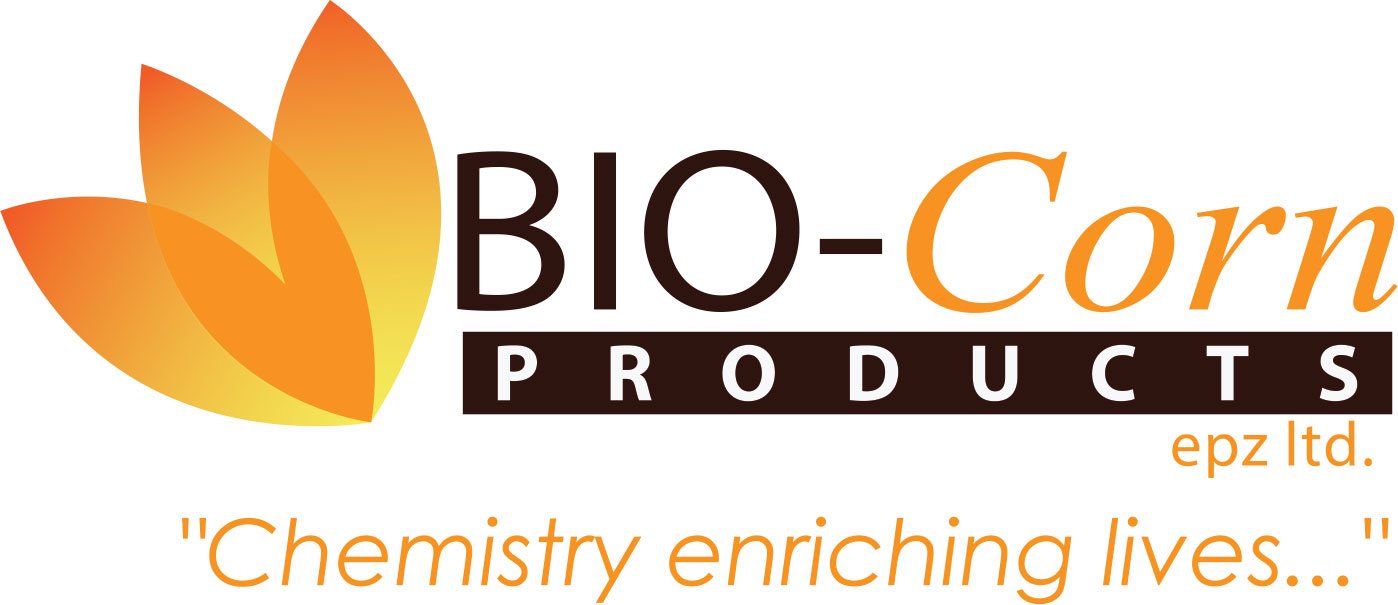Furfural
Product Identifier
Chemical name: 2-Furaldehyde
Synonyms: Furan-2-carbaldhyde, 2-Furfuraldehyde, 2-Furylmethanal, Furanaldehyde, Pyromucis Aldehyde
Molecular weight: 96,09
Formula: C5H4O2
Physical Description: Colourless to amber liquid with a pungent, almond-like odor.
Specifications
Purity %: ≥ 98.5
Acidity Eq/I: ≤ 0.02
Acidity mg KOH: ≤ 0.99
Moisture wt. %: ≤ 0.2
Residue wt. %: ≤ 0.5
Physical Data
pH: 3.5-4.5
Melting point/Freezing point (°C): -36.5
Boiling point (°C) at 1013 hP: 162
Flashpoint (°C): 60 (closed up)
Viscosity at 25°C (mPa.s): 1.49
Auto Ignition temperature (°C): 392
Heat of combustion (kJ/kg): 24.410
Surface tension at 20°C (mN/m): 43.5
Vapour pressure at 25°C (hPa): 3.33
Furfural is the primary product of the fractional distillation process using waste corn cob.
Furfural is an organic compound which can be derived from an array of agricultural byproducts ranging from corncobs to sawdust. It is used to replace crude-oil based organics in the petroleum industry, the cracking of crude oil and the specialized bioplastics industry.
PRODUCTION
5,000 tonnes per annum
MARKET projections
Global production of furfural currently stands at 450,000 tons per annum and is growing at an average annual rate of 10%. The global trend towards bio-based products is stimulating the increased demand for furfural.
Increasing energy prices have also led to a price incline and these have become new price determinants for furfural. Once fully operational, despite BCPL being the only furfural producer in Kenya, the output of the plant will catapult the country to be in the top ten largest producers and exporters of furfural in the world.
industrial uses
1/Agriculture: The primary use of Furfural is as a nematicide and a fungicide.
2/Aerospace: Additive to rocket fuel.
3/Automotive: Unusually effective as a solvent for phenolic resins, which are used in the manufacturing of abrasive wheels, brake linings.
4/Chemical: Furfural is a feedstock to furfuryl alcohol.
5/Chemical: Solvent for nitrocellulose, cellulose acetate and shoe dyes.
6/Chemical: Manufacturing of furan resins (phenol furfural), thermosetting resins used in adhesive and bonding, coatings, moulded parts, plywood, and laminates; also as binders in core mouldings and friction materials.
7/Cosmetics: Manufacturing of perfume.
8/Petroleum: Solvent to remove aromatics from diesel fuels improving their ignition characteristics.
9/Petroleum: Solvent in petrochemical refining used as an extraction agent (used for making synthetic rubbers) from other hydrocarbons.
10/Pharmaceuticals: Production of products such as antibiotics, anesthetics, bacteriostatics and fungicides.
11/Steel: Reactive solvent and wetting agent for refractory products.
ACETIC ACID & FORMIC ACID
Acetic acid and Formic acid are secondary products created in the distillation process.
Production
Acetic acid: 2,500 tonnes per annum
Formic Acid: 300 tonnes per annum
uses of acetic acid
1/Agriculture: Feedstock in the production of various chemical compounds.
2/Agriculture: Production of fungicides.
3/Chemical: Production of vinyl acetate monomer, which in turn is consumed in the production of paints and adhesives.
4/Chemical: Manufacturing esters such as ethyl acetate, NE butyl acetate, isobutyl acetate and propyl acetate. These are used as solvents for inks, coatings, paints and chemical production, including furfural.
5/Chemical: Manufacturing of several organic and inorganic salts.
6/Food & Beverage: One of its most well-known uses is in vinegar. Also used in this industry in food sauces and pickling.
7/Manufacturing: Acidulate in a wide range of applications ranging from electroplating to textiles manufacturing.
8/Pharmaceuticals
9/Plastics: Solvent in the production of terepthalic acid. This is then used in the production of PET polymers, films, engineering plastics and poultry feed adhesives.
USES OF FORMIC ACID
1/Agriculture: Silage for the preservation of green feed/fodder.
2/Chemical: Acts as an aldehyde and a carboxylic acid to corrode plastics, metals and rubbers.
3/Chemical: Chemical mediator in the production of chemicals and pharmaceuticals such as caffeine, enzymes, antibiotics, artificial sweeteners, plant protection agents, PVCE plasticizers and rubber antioxidants.
4/Cleaning: Active ingredient in commercial cleaning products such as descalers, rust removers, multipurpose cleaners, degreasers and institutional laundry products. Used in the disinfection of wood barrels for wine and beer due to its antibacterial properties.
5/Dyeing/Pickling: Regulation of pH, which aids in the waterproofing textiles, in the dyeing of natural and synthetic fibers.
6/Electroplating: Electroplating process.
7/Electronics: Production of printed circuit boards for making PCB holes conductive.
8/Leather: Tanning process.
9/Printing: Production of reprographic agents.




